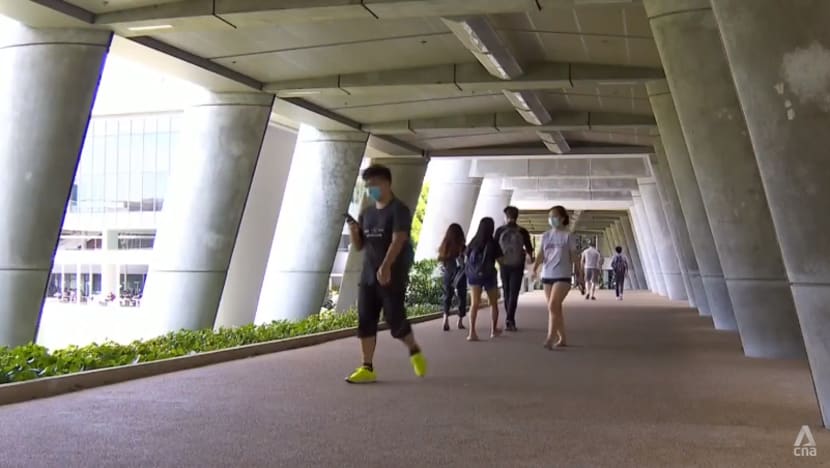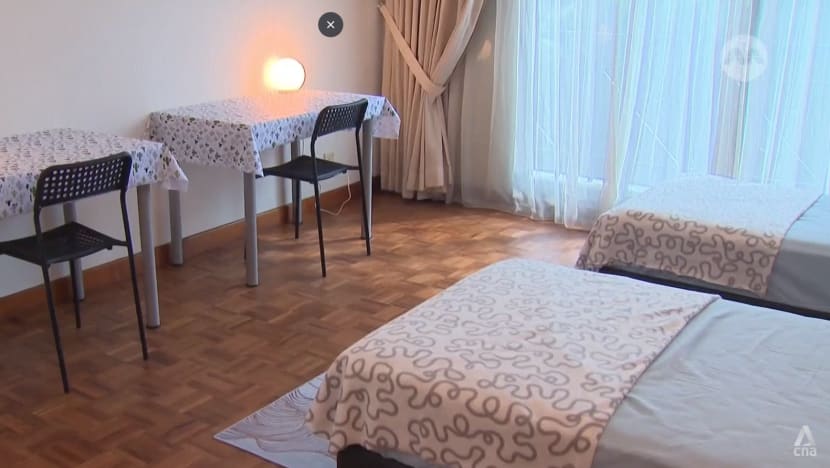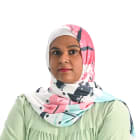Wanted: Affordable rent and experienced teachers in Singapore as influx of international students drives up demand
For instance, a home in the River Valley area used to cost S$3,000 (US$2252) to S$3,800 a month, but can now command up to S$6,000, according to one housing agency.

Students walking in a university in Singapore.

This audio is generated by an AI tool.
SINGAPORE: More international students are coming to Singapore to study, and they are finding it harder to secure affordable housing.
Managing partner at SagePaths Global Education Lester Jiang said he has seen a 20 to 25 per cent rise in the number of overseas students compared to last year. His firm acts as a bridge between these students from China and Southeast Asia, and education institutions here.
One of the challenges they currently face is housing as supply is limited and rental prices have gone up, he said.
Mr Dennis Nah, owner of DS Homestay, which matches students with home owners letting out their units, said that renters have to pay 20 to 40 per cent more now compared to May this year.
“Most of the units are being rented. So when our landlord increases the rental, we can only pass these costs on to the students,” he said.
This comes as demand for rooms has increased by 20 to 30 per cent compared to last year amid limited supply, he said.
Among his clients, about 85 per cent are students from China, while the rest are from Southeast Asia, noted Mr Nah.
COMPETING WITH OTHER TYPES OF HOUSING
Ms Joice Yanto, group president of EVO House, which also handles international student accommodation, said that renting private homes has become too costly for many students.
For instance, a home in the River Valley area used to cost S$3,000 (US$2252) to S$3,800 a month, but can now command up to S$6,000, she told CNA.
EVO House, which also increased rental prices by 20 to 40 per cent, has seen a one-fifth drop in the number of clients, said Ms Yanto.
“Some of the students, they did not renew. They told us that … it's because they found a cheaper alternative outside like (an) HDB (flat) or a student dormitory or co-living company,” she said.
Such cheaper alternatives can reduce the students’ rental cost to between S$1,200 to S$2,000, but offer a much smaller space, said Ms Yanto.
“We do feel the heat of the competition because the cost can be half of our costs because they don't provide the common area like what we provide for our students,” she said.

SHORING UP SUPPLY
To accommodate the jump in numbers, both housing agencies are looking to increase supply.
EVO House is looking to buy an entire building for a student dormitory that can house 800 to 1,000 people instead of renting from private owners, said Ms Yanto. The firm currently manages about 300 beds, she said.
DS Homestay plans to more than double its current capacity of 180 students next year, Mr Nah told CNA.
“We are also reaching out to (more) local families who have spare rooms at home. So we can tap on the spare capacity,” he said, adding that the firm has rented out about 20 rooms under such arrangements.
He believes that the increase in demand will continue for as long as two more years and is looking to increase manpower at his firm, he added.
NEED FOR ENGLISH TEACHERS
Language schools are also experiencing an increase in demand from the growing number of international students.
At language school Inlingua, director of studies Chris Driver estimated there has been a 10 per cent year-on-year increase in student population since 2020. The school is undergoing a makeover to accommodate more and bigger classrooms by next year.
In the meantime, the firm has upped class sizes.
Mr Driver said he has noticed a marked increase in the number of Chinese students at the school.
"Before COVID-19, the percentage of Chinese (in) the intensive course students was maybe 30 per cent. Now it's over 50 per cent,” he said.
Mr Driver has felt the need for skilled teachers qualified to run such intensive courses keenly.
“I have a lot of fresh talent that I can train and develop. But for experienced teachers, (they are) harder to find. We have to put a lot of ads out and we have to look beyond Singapore as well,” he said.
CA International College, which certifies English-language teachers, has also seen an increased demand, said its director Zak Salleh-Chew.
“This year, the surging demand for English teachers is mostly attributable to the influx of Chinese students coming in to study at international schools, private colleges and universities,” he said.
















